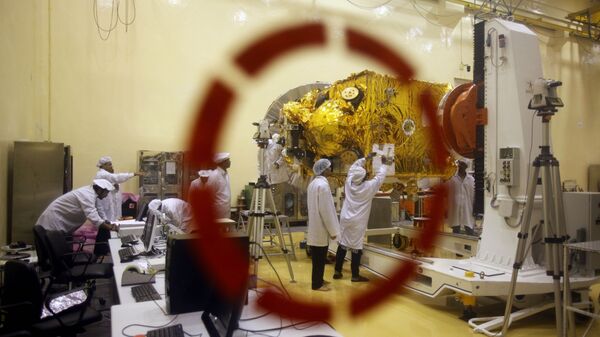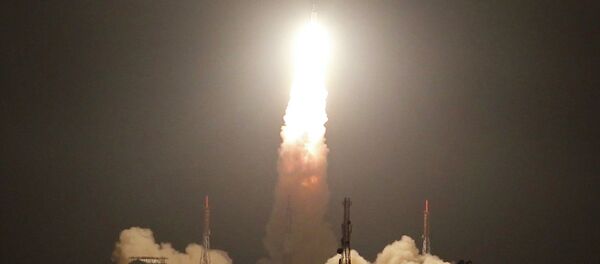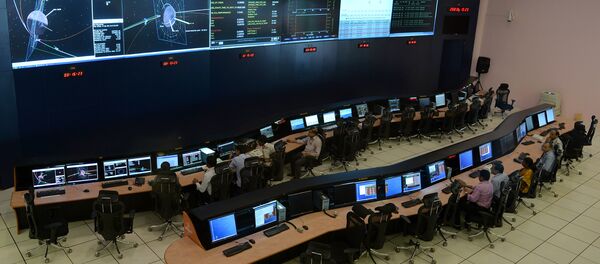India’s space resume doesn’t look impressive vis-à-vis manned missions. The country’s space agency, the Indian Space Research Organization (ISRO) has impressed its rivals with feats in non-manned missions and multiple launches of global positioning systems. India’s first astronaut had travelled in space in 1984 aboard the Soyuz T-11 as part of Soviet Union’s Intercosmos program. The country is now aiming to send a manned mission to the Moon in 2021.
But ISRO has sent satellites to the moon and the Mars on shoe string budgets that were a fraction of the cost incurred by other countries. ISRO sent one lunar orbiter, Chandrayaan-1, on October 22, 2008, and one Mars orbiter — the Mars Orbiter Mission — which successfully entered the orbit on September 24, 2014. The Mars mission made India the only nation to succeed on its first attempt and ISRO became the the fourth space agency in the world and the first in Asia to successfully reach the Mars orbit spending just $66 million for the mission.
In addition, ISRO’s marketing arm has launched 131 satellites using indigenously developed launch vehicles out of which 74 are foreign. It also set a record with the launch of 20 satellites in a single payload, one of them owned by Google Inc.
India’s ‘space science’ budget is a mere $ 43 million, according to ISRO’s 2015-16 annual report. In comparison, US spent $5,243 million, Japan $953 million, and China $110 million.
During a recent press briefing, ISRO chairman A S Kiran Kumar said the agency was aiming to launch 10-12 satellites every year in partnership with the industry. He also added that India is now among the top six countries having end-to-end capability in space technology.
ISRO’s commercial arm, Antrix Corp., is simultaneously working on developing low-cost reliable space launch vehicles, which are currently possessed by Russia, US, China and few others.
In August this year, India became only the fourth country in history to employ scramjet engines in the launch and propulsion of space rockets.
Scramjet technology relies on hydrogen as fuel while oxygen from the air is used as an oxidizer to burn the fuel. Combustion occurs externally while the craft is moving at supersonic speeds.



